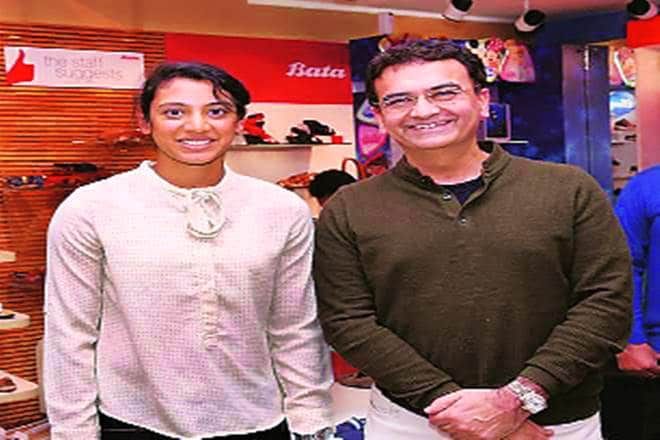By Kritika Agrawal & Saurabh Kumar
Bata India’s major image makeover from being a school-shoe brand to one catering to the millennials, has pitted itself against almost every footwear maker in the market, embracing stiff competition. The company, however, is banking on its ability to customise products for Indian needs, a quality that, it thinks, will set itself apart.
“A lot of companies are trying to bring in their global range without necessary customisation, which is a big positive for us. We have India-based collection and design team and manufacturing across four factories, which we can leverage,” said Sandeep Kataria, Bata India’s country manager.
The Indian market has seen a continuous influx of new footwear brands, with Kan D:FY specialising in sportswear and Cara Mia offering handbags and footwear for women among the latest. India is the second-largest shoe market in the world behind China.
Bata India has roped in young celebrities Kirti Sanon, Sushant Singh Rajput and Indian women cricket team’s opener Smriti Mandhana to connect with the young and women.
While the company did offer premium brands such as Hush Puppies, most of its products used to compete with that offered by peers such as Khadim or Liberty Shoes. However, the company has upgraded certain products such as the Red collection for women, and improved the technology used for its sports shoes offering Power.
“These companies have upgraded to include sub-brands, and they continue to set relevant benchmarks and be competitors in terms of the range,” said Kataria, adding that Bata India is now looking at the whole range.
READ ALSO | Nestle expands pink KitKat range called Ruby; India not a part of new launch
While prices of Hush Puppies competes with high-end brands, Bubblegummers (the kidswear) has a different niche and the Red collection (women’s range) competes with the likes of Aldo.
However, Kataria believes that Bata India’s offerings are suited more for the India market. “For Hush Puppies, if you look globally, you will not find 80% of products that we sell in India available abroad because in India we sell a lot of chappals and sandals,” he added.
The company believes in bringing in new designs continuously, and be in line with the trends globally. It needs to make sure that products are customised according to the Indian climate, as well.
The company’s efforts have reflected in its share prices, which have gained 48% last year compared to 10.7% gained by the benchmark Sensex.
Bata India posted a 51.35% year-on-year increase in its net profit at `103.18 crore for the quarter ended December 2018, driven by higher revenues.
Net sales grew 15.53% y-o-y to `778.69 crore, as against Rs 674 crore in the corresponding quarter last fiscal year. The company’s earnings before interest, tax, depreciation and amortisation (Ebitda) margins rose 464bps in Q3FY19 to 22.77%, compared to 18.13% in Q3FY18.
Kataria believes that there is room for all shoemakers as India is the second-largest footwear market in the world. “I think everybody needs to be clear about their target customers. It is not an easy market with first-world cost and third-world prices,” said Kataria.
Nevertheless, the company remains a family-driven manufacturer. “Yes, we are more focused on contemporary designs then we were in the past, but we are also focusing on customer experience. We are a ‘mass premium’ and we will continue to play in that range,” said Kataria.
While shoes in the `1,500 and above category now contribute 30% to Bata India’s revenue, the mass products (below `500) contributes 20%.

